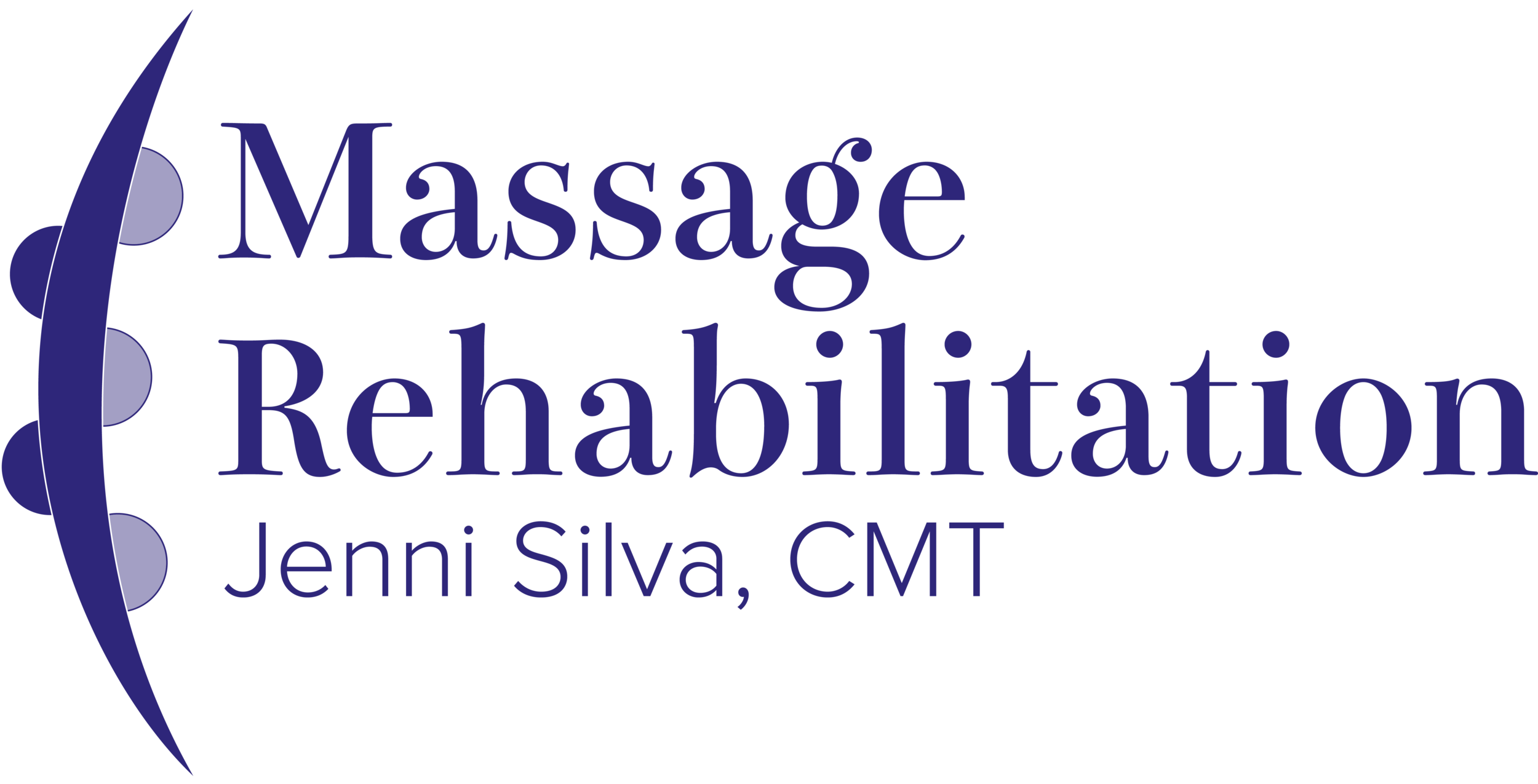When the Heart Hurts
When the Heart Hurts, the Body Holds
Over the years of working with people’s bodies, I’ve come to understand something that has changed the way I practice: pain doesn’t always come from a pulled muscle, poor posture, or even a physical injury. Sometimes pain comes from the heart. From stress that never had a place to land. From grief that felt too big to express. From the quiet weight of fear, shame, or loneliness.
The truth is, our bodies remember what our minds try to forget. Emotional pain doesn’t just disappear once the moment has passed — it often finds a home in our tissues. Tight shoulders, a clenched jaw, shallow breathing, a heavy chest, an aching back — these are the body’s way of carrying what hasn’t yet been released.
And it isn’t just a feeling or intuition — science shows us this connection too. The same regions in the brain that process emotional pain also process physical pain. That’s why heartbreak can literally feel like your chest is breaking open, or why chronic stress leaves your muscles aching. Studies also show that long-term stress and trauma can alter hormone levels, heighten pain perception, and keep the body in a state of tension or “guarding.” Over time, those patterns can lead to chronic pain, fatigue, and even illness.
This is where massage becomes more than a luxury or a way to ease sore muscles. With safe, intentional touch, the nervous system begins to shift out of “fight or flight” and into “rest and digest.” Cortisol levels drop. Muscles soften. Breathing deepens. Research has shown that massage can reduce anxiety and depression, improve sleep quality, and even ease symptoms of PTSD. And in practice, I’ve seen this happen in real, human ways: a client leaving the table not only moving more freely, but also breathing easier, feeling lighter, or sometimes even shedding tears they didn’t know they were holding back.
Massage doesn’t erase trauma or replace therapy — and it isn’t about “fixing” someone. What it can do is create a safe space where the body feels supported enough to let go. Where the nervous system can exhale. Where the body no longer has to carry the full weight of what the heart has been holding.
I believe our bodies are always doing their best to protect us — even when that protection looks like tension, knots, or pain. With compassion, presence, and skilled hands, massage helps unwind those protective patterns. It gives both body and heart permission to soften.
If you’ve ever felt like you’re carrying more than your body can handle, I want you to know: you’re not alone. Healing is not just about patching up injuries or fixing what’s broken. Sometimes, it’s about slowing down enough to listen to what the body has been whispering all along. It’s about giving space for what’s been buried, and finally letting the body — and the heart — breathe again.

